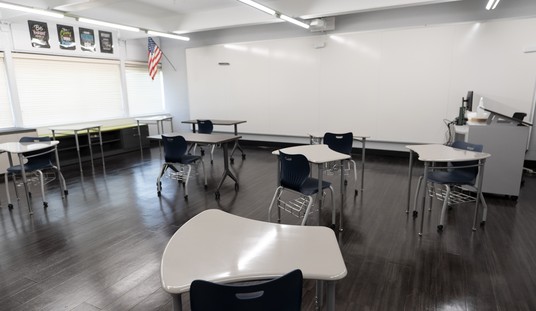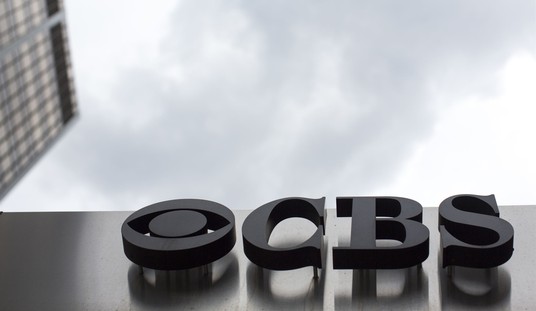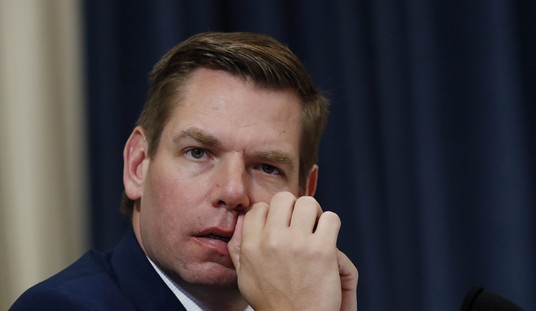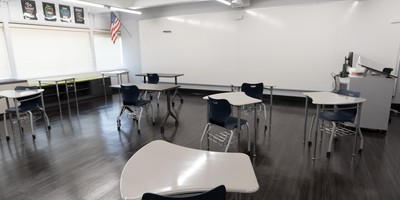We said our piece on this issue a few weeks ago, but new information requires an update. Let's start with the fresh news itself, followed by a look at some of the political implications. As we learn more about the horrible accident that claimed 67 lives at Washington's Reagan Airport in late January, it's becoming clearer that an alarming number of similar, would-be tragedies have been narrowly averted in recent years. The New York Times reports today that "problems with air traffic around Reagan National persisted" so frequently that "controllers, pilots and military officials were so worried about busy helicopter routes near the airport that they formed safety groups in attempts to prevent a crash." Those concerns, sadly, were well founded. More details from the story:
After a series of incidents, an internal report in 2019 explicitly warned that recurring controller error increased “the risk of a collision and loss of life,” according to a copy reviewed by The New York Times. Despite these efforts, an Army Black Hawk helicopter slammed into American Airlines Flight 5342 two weeks ago at almost exactly the same location as [a July 2018] incident, killing all 67 people aboard both aircraft. The crash was the culmination of mounting warning signs at Reagan National, according to interviews with more than a dozen current and former air traffic controllers, pilots and aviation safety experts, as well as federal safety reports and F.A.A. records reviewed by The Times...A growing body of clues suggest the midair collision was the result of a cascading series of breakdowns long in the making, including by air traffic control, whose mandate is to guide aircraft safely on the ground and through the skies. Repeated attempts to draw attention to safety lapses and potentially dangerous operating conditions at the control tower at Reagan National at times went unheeded, according to four people familiar with the matter and F.A.A. safety records reviewed by The Times.
Some of the issues are specific to DCA, especially given the busy traffic and the unusually high number of government and other helicopters in DC air space, but there are systemic problems, too:
The air traffic control tower has also been chronically understaffed, putting extra strain on employees. Controllers were frequently faulted for failing to follow F.A.A. rules for communicating with pilots and keeping safe distances between planes, according to three people with knowledge of the tower and federal aviation safety reports. Last month, the tower was nearly 20 percent below its target staffing level, with 23 fully certified controllers instead of 28, according to data from the union representing controllers that was obtained by The Times. That was not unusual: More than 90 percent of the country’s 313 air traffic control facilities operate below recommended staffing levels...before the fatal crash, there were other alarming episodes at Reagan National. In March last year, three incidents involving planes getting too close to each other happened on the same runway in a span of about three hours, according to federal aviation safety reports. In April, two passenger planes came seconds from hitting each other.
And this harrowing detail is from the Washington Post:
WaPo: “Airline pilots received *more than 100* cockpit warnings over the past decade that they were in danger of a midair collision with a helicopter near Reagan airport.”
— Jerry Dunleavy IV 🇺🇸 (@JerryDunleavy) February 13, 2025
Reminder that Dems quickly tried to blame the crash on Trump when it was a *years-long* & ignored problem. pic.twitter.com/4ZgRT5ARPz
I was critical of Trump for engaging in a political blame game so soon after the crash, then followed up with a blistering assessment of just-departed Transportation Secretary Pete Buttigieg's retaliatory finger-pointing, which reeked of 'CYA' political self-preservation, in addition to hypocrisy. As is -- and has been -- utterly undeniable, 'near misses' and close calls have been frighteningly frequent for years. Warnings have been issued. The problem was not fixed, and even seemed to get worse, in key respects. The alarm bells were ringing loudly during the last administration, and its transportation chief has been casting aspersions at the team that had just taken the reins days before the fatal collision and crash. Buttigieg's successor, Sec. Sean Duffy, and the entire Trump administration must work to relieve this dangerous shortage. On the subject of Buttigieg, I'll leave you with this, in case you missed it:
📊 2026 Michigan Senate Poll
— InteractivePolls (@IAPolls2022) February 11, 2025
🟥 Mike Rogers: 47%
🟦 Pete Buttigieg: 41%
---
⬜ Undecided: 12%
EPIC-MRA | 2/3-8 | n=600 | ±4%https://t.co/RloFClEYoV pic.twitter.com/t01lmeGfwj
Perhaps if the polling doesn't improve for him (it's very, very early, of course), he might consider seeking power in yet another new "home" state -- that's even bluer than his fake home state of Michigan, which is far bluer than his real home state of Indiana:
Recommended
big news. Tina Smith will not run for re-election in 2026. comes just weeks after Gary Peters, Michigan Democrat, announced he wouldnt run. https://t.co/hE1YAbfZ8p
— Jake Sherman (@JakeSherman) February 13, 2025

























